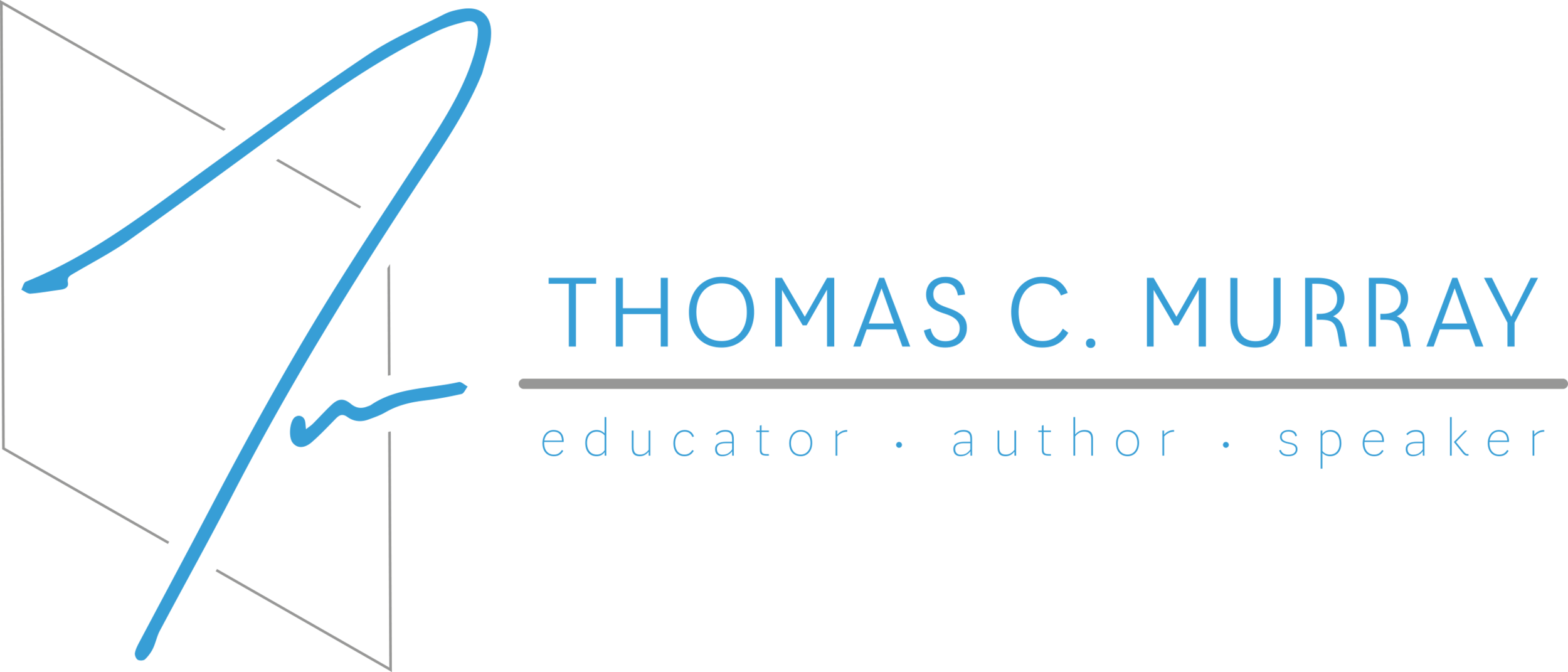How Do You Model Risk-Taking?
I can remember it like it was yesterday.
I was looking back through my notes as I sat next to her in a post-observation meeting, about to give feedback on the lesson from the day before.
Two days earlier, I had run our faculty meeting. As a principal early in my career, so many of these meetings looked the same. They were one directional and primarily used to disseminate important information, complemented with the occasional team discussion. Let's face it, there is a lot of managerial stuff that has to get accomplished for a school to run smoothly. This particular faculty meeting wasn't much different to many I had run previously.
That Monday afternoon, for 60 straight minutes, I essentially talked at my team. Although there were some topics for discussion, in retrospect, the faculty meeting was basically a one-directional conversation on everything they needed to know for the coming month.
We need to do this... and we need to do that.
You'll have to do this, and you'll have to do that.
...and so on.
The following day, I had a scheduled observation. I showed up as planned, took notes throughout the lesson, and worked through what I typically would, working to highlight areas of strength, give authentic feedback on what could make things even better (if needed), etc.
For this particular lesson, the teacher essentially lectured at the kids for the vast majority of the period. Although some humor was used, some reflection was done by students, and a few good stories were told, the lesson was very one directional. And so, I wrote in my notes something to the effect of...
"When you have a captive audience for 60 straight minutes, we need to get them engaged, have conversations, get them moving, etc. For this particular lesson, it was pretty much one-directional."
So, there I was sitting next to her. We had been talking about the previous day's lesson. As I started to give some feedback, I started to feel nauseous.
Here I realized that I was about to tell her NOT TO DO, EXACTLY WHAT I HAD DONE on Monday.
Feeling sick to my stomach and like a complete hypocrite, I said, "So one of the pieces of feedback that I was going to give to work on, is that when we have a captive audience, especially for 60 straight minutes, it shouldn't be all one-directional..."
and then I had to go on...
"...but [Teacher Name], I can't end that without saying that it's also exactly how I ran our faculty meeting on Monday. [Teacher Name] - How can we both get better at this?"
I'll admit, as a principal, calling out your own poor practice to a teacher is humbling. But I began to realize, that when it was on me to plan things, I hadn't always modeled what I was asking my teachers to do. When it was my turn to lead something (such as a faculty meeting), I would sometimes do it in a way that was the complete opposite of what I was asking for from my teachers.
As educators, every time we bring people together, it's an opportunity to model what we're asking of others.
Every faculty meeting is an opportunity to model learning that's personal.
Every in-service day is an opportunity to model fun, authentic learning.
Every time students are passing in the hallway, it's an opportunity to model what it means to be present.
Every time a principal speaks to a teacher, it's an opportunity to model what good listening looks like.
Every time a teacher speaks to a child, it's an opportunity to model how to treat others with dignity, respect, and love.
As Carl Hooker alludes to in the #LeadershipMinute, "it starts at the top." As school and district leaders, if we are going to ask something of our teachers, we sure better be modeling it ourselves. As teachers, if we are going to ask something of our students, we also need to be modeling it ourselves.
...anything else is simply hypocritical. It's saying one thing, and doing another. Something we've all been guilty of at one time or another...myself included.
Carl also shares from his experience working nationally, where educators, especially school leaders, seem afraid to fail.
Personally, I think that most educators are wired to be perfectionists, and that fear of failure is a natural byproduct. They expect it to be perfect the first time. Whether it's the lesson plan, the professional learning session, the conference presentation, they want it to be just right. It's how so many educators are... and that's simply because most have high expectations; of themselves and of others. Something we should never change.
But, we also have to understand that as humans, we're going to mess things up. We're going to make a bad call. We're going to say the wrong thing. A lesson will fail. The presentation will flop. It happens.
Own in. Learn from it. Move forward.
As Carl goes on to share, "If a teacher sees a leader taking a risk, that teacher knows that he/she can take a risk as well. If the students then see that from the teacher, they can start to take some risks as well."
So, how do you model risk-taking in your classroom/school/district?
Where can you fail forward in 2019? What's something that you want to try but have hesitant to do so? It's time to go get it.
Every time we fail, it's an opportunity to model how to get up and keep trying, to those that look to us for direction.

Superintendents - Failing forward models to your principals how to do so.
Principals - Failing forward models to your teachers how to do so.
Teachers - Failing forward models to your students how to do so.
...and learning how to take risks and fail forward are both life skills.
Together, we can do this.
All for the kids we serve,

